Wasatch Fall Colors – 2019
This is the first year in a really long time I’ve actively shot fall in the Wasatch. I mean, every year I try to get out for at least a couple of days, and that usually means visiting the same old locations – it’s almost become passive tradition more than anything else. But this year, an unusual set of circumstances with a couple contracts allowed me carve out a few hours every day. Figured I better seize the moment during prime-time leaf-peepin’.
After three weeks of dayhiking around the Wasatch, I think I’d describe this fall as equal parts awesome and disappointing. I did however get enough random photos that I think it warrants a look back at the season as a whole, and maybe a few comparisons to other memorable seasons from the last 15 years.
When is the best time to see the fall colors in the Wasatch?
The easy answer is generally Mid-September to Early October. The more accurate answer is “it depends.”
The only tried and true strategy is to keep a close eye on the colors starting the first week in September. I’ve seen peak start in early September, and sometimes last as late as mid-October. It’s different every year. In my experience, the fat of the bell curve definitely falls in the second half of September, and the first week of October.
This year, we were on pace for an unusually late year. Peak reds and oranges started the last week of September with aspens barely starting to hit critical mass by the second week of October. Unfortunately, a record-setting cold front crashed into the Wasatch on October 10th, and what few aspens had already hit their peak went from green to black overnight.
That said, the reds from maples and oaks were as vibrant as I’ve ever seen them, so overall I’m tempted to call 2019 a draw. If fall 2019 was a best-of-seven series it felt alot like like we won the first three games, only to get blown out the last four.
I spent a lot of time this fall hoping for a dramatic-but-not-too-dramatic storm to come rolling in. Unfortunately, the season was dominated by clear cloudless skies – with just a couple small storms.
What weather pattern produces the best fall colors in Utah?
In Utah, the first prerequisite for decent fall colors is a healthy snowpack. Second, a summer with enough rainfall to sustain a healthy growing season. And third, warm sunny fall days with cool nights, but not so cold to produce a hard freeze capable of instantly shutting the whole thing down.
In 2019, we hit a home run for snow water equivalent in Salt Lake. Not only did we have a massive snowpack, but we also had an unusually late spring and summer. Snowmelt didn’t peak until the second half of June, and cold temperatures up high delayed the growing season by a few weeks. This contributed to the late start for colors in the fall.
Oddly enough, while we had a big snow year, Summer was below-average for rainfall. Normally, this would make for less-than-ideal conditions come fall, but because we had so much snow, soil moisture stayed high most of the year, which led to a healthy growing season.
By the start of September, I was optimistic and considered conditions at least better than average, possibly exceptional. Fall started out perfectly with moderate and mild conditions, with plenty of sunny days in September. Unfortunately, because of the late start, we had a higher risk of a hard freeze which ended the whole party prematurely.
I didn’t know it at the time, but that cold front that moved through October 10th never really moved out, and 2019 was the second coldest October ever in the history of Salt Lake City.
Go figure.
Color varies by species and elevation
In Utah, we basically have two waves of colors. The first wave is from the Gambel’s oak and canyon maples, which produce the vibrant reds and oranges that can sometimes last a few weeks or more. Colors will turn first at around 8,000 feet of elevation, and slowly inch down to lower elevations over the next few weeks.
The second wave of colors are the ephemeral yellows, produced by aspens. From my completely non-scientific analysis, this is probably the scene most folks think of when they hear “epic peak colors.”
A lot of my friends described this year as a dud, because the aspens never fired, despite an amazing show from the oaks and maples. The other possible explanation is that there simply aren’t as many locations you can find the iconic high elevation Wasatch peaks with an interesting foreground of mid-elevation maples. If big peaks is your thing, it’s a lot easier when the high-elevation aspens are blowing up.
Generally speaking, it seems the first wave of reds will peak 10-14 days before the second wave of aspens. What makes the Wasatch such an interesting location for fall colors is that huge variations in elevation and tree species means “peak” fall color can last multiple weeks in ideal conditions.
Ok, so 2019 wasn’t necessarily a blockbuster year for colors. But how did it compare to year’s past?
In reality, I thought this year was pretty damn good. Sure I wish we had one more week before a hard freeze to really enjoy the aspens up high, but overall we had some good color and decent conditions.
I decided to go back through some of my archive and look at dates from previous years to see how things stacked up.The ultimate conditions for creating those iconic Wasatch Fall photos happens when peak fall colors coincide with an early snowstorm. I used to think these magical conditions only happen very rarely, but as I Iook back through 15 years of my archives, this actually seems to happen almost as often as it doesn’t.
In some rare years we can get our first snowfall at high elevations as early as mid-September (i.e. 2006). However, more commonly we just get a light dusting, but it can still create iconic conditions. What is truly rare though is a storm big enough to drop enough snow to stick around, but not freeze hard enough to kill the colors. Now that is the Holy Grail.
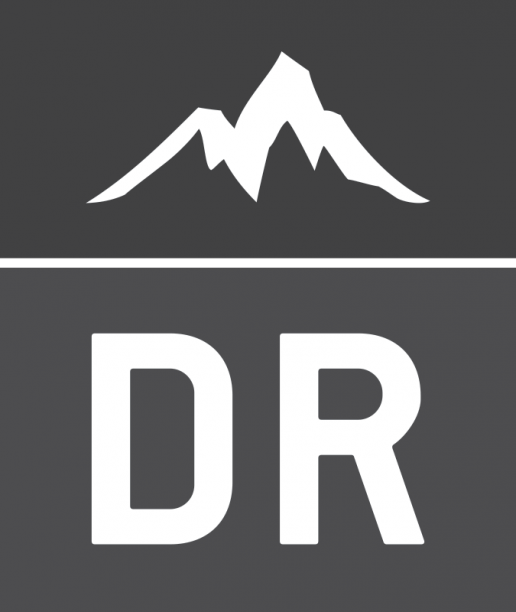

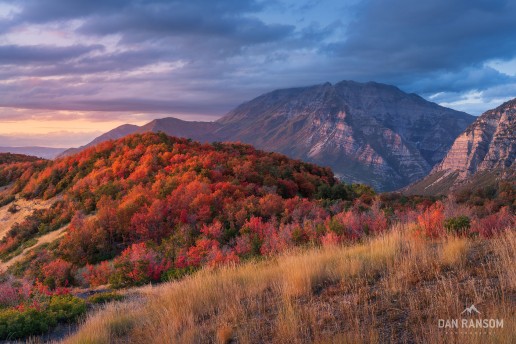


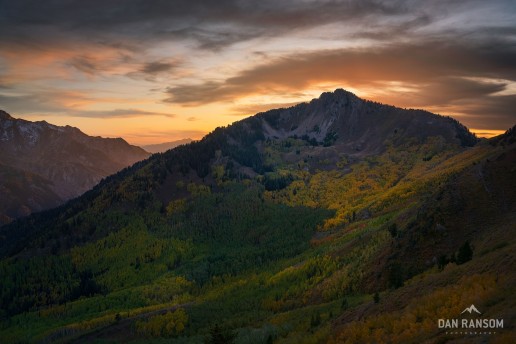

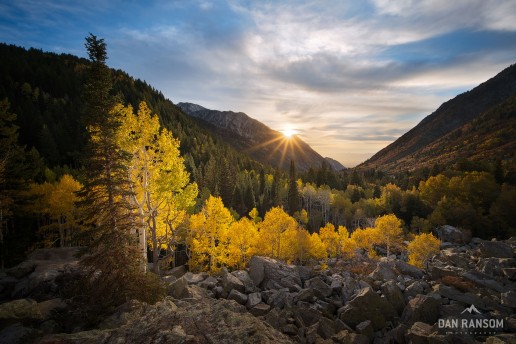
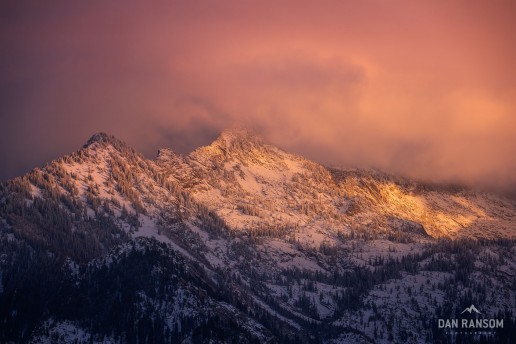

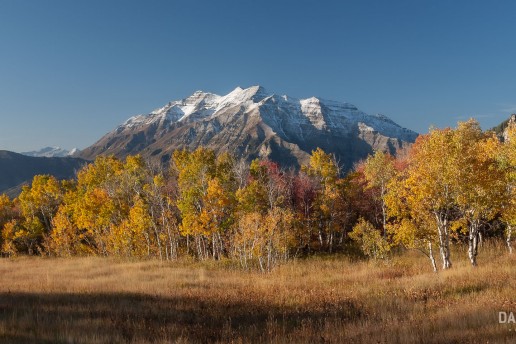
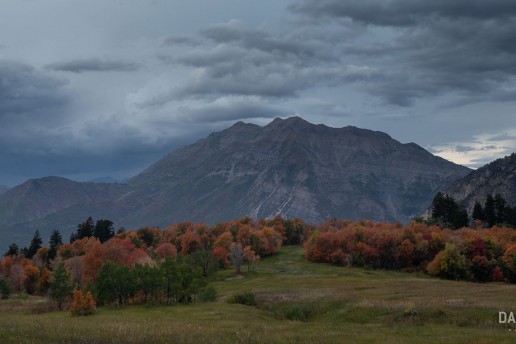
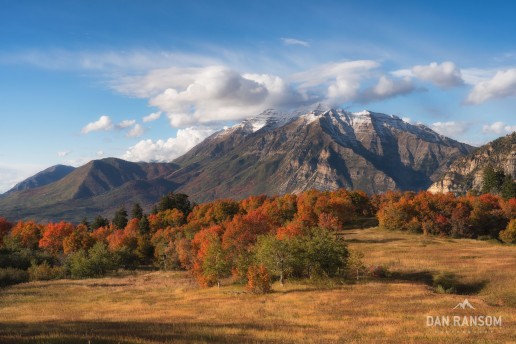
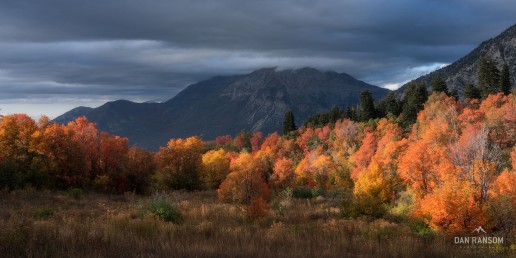
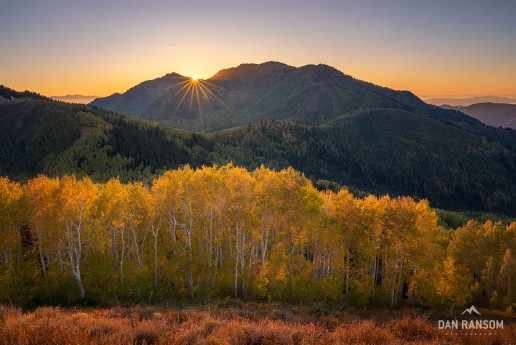
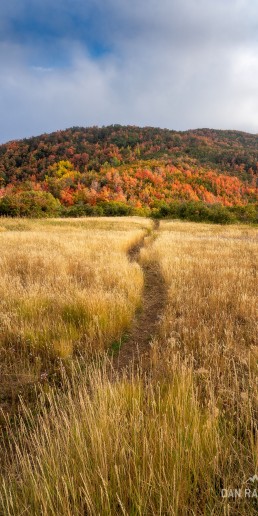


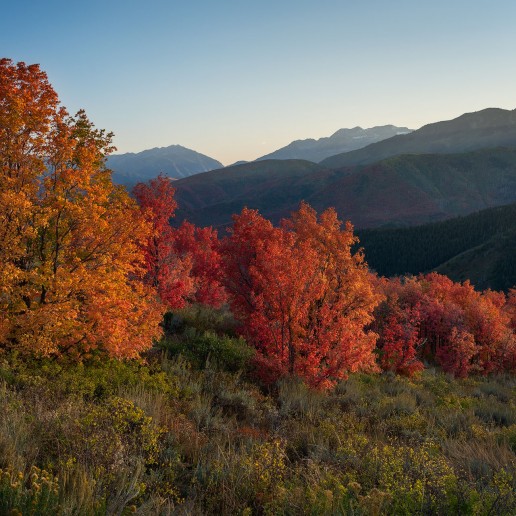
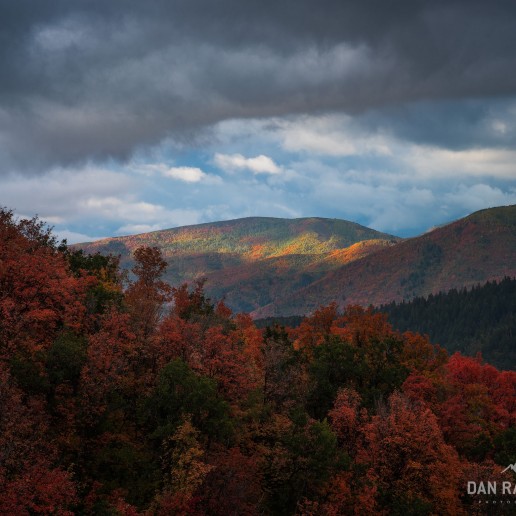

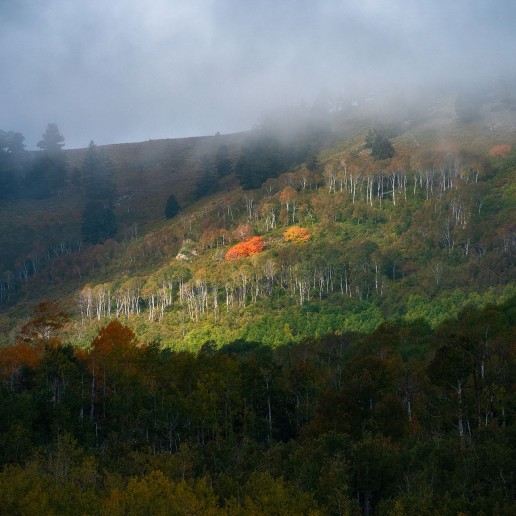
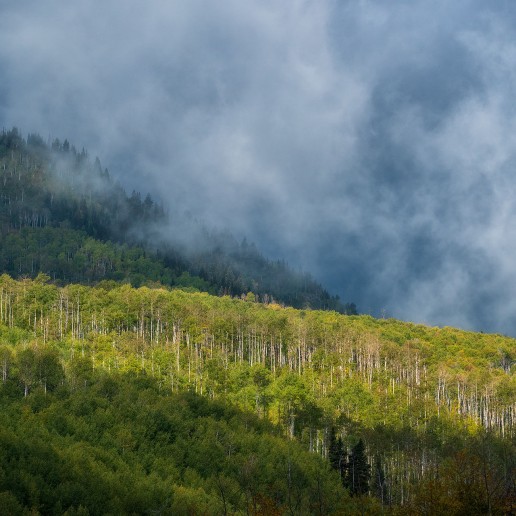


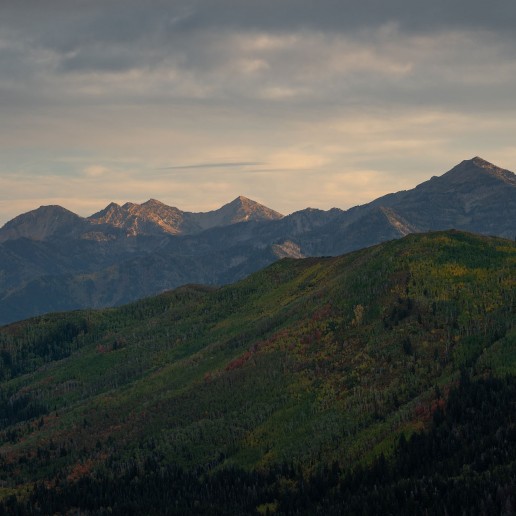
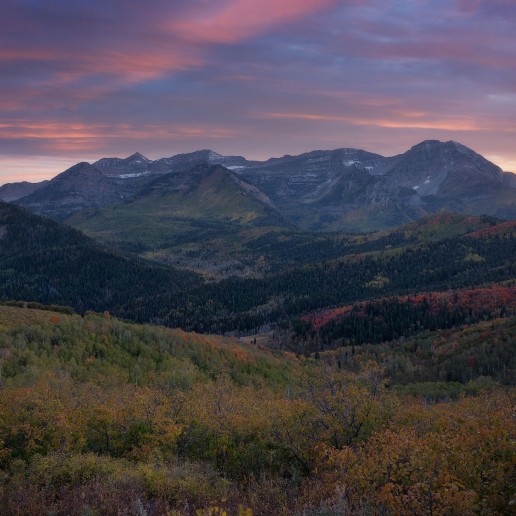
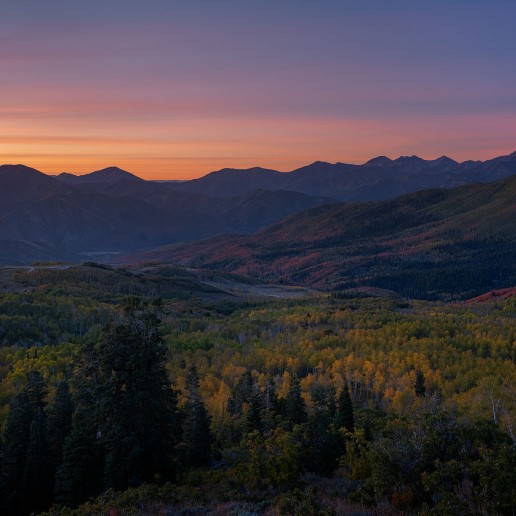
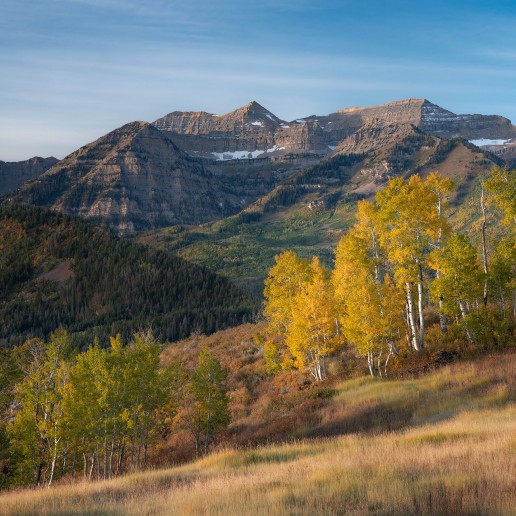

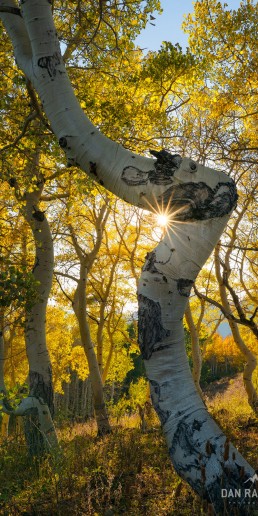

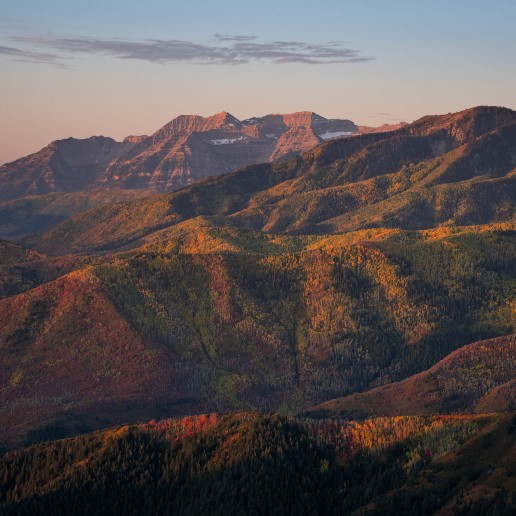
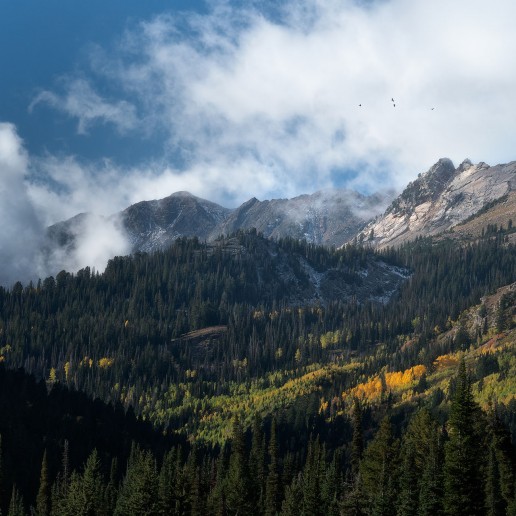
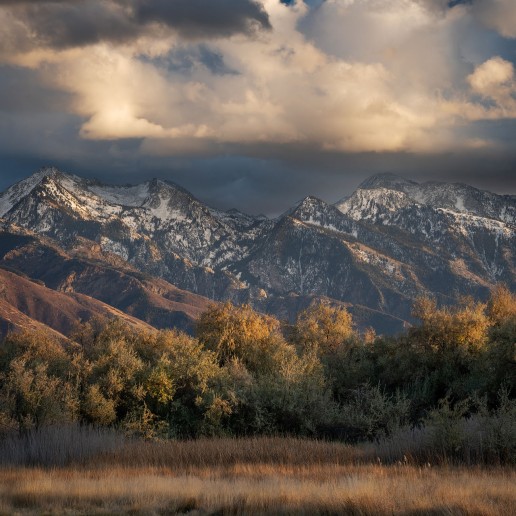
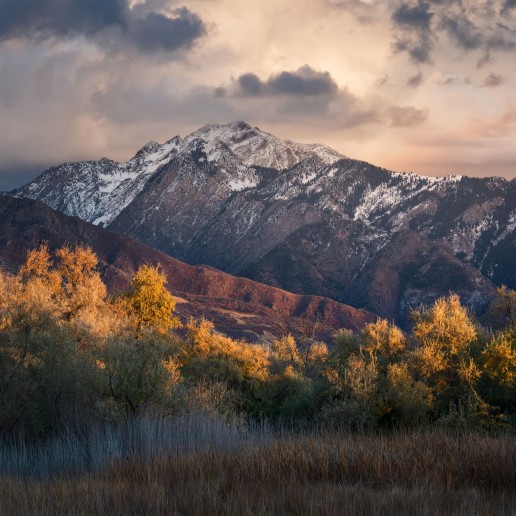
Really nice set of images, Dan. I enjoyed reading the write up as well.